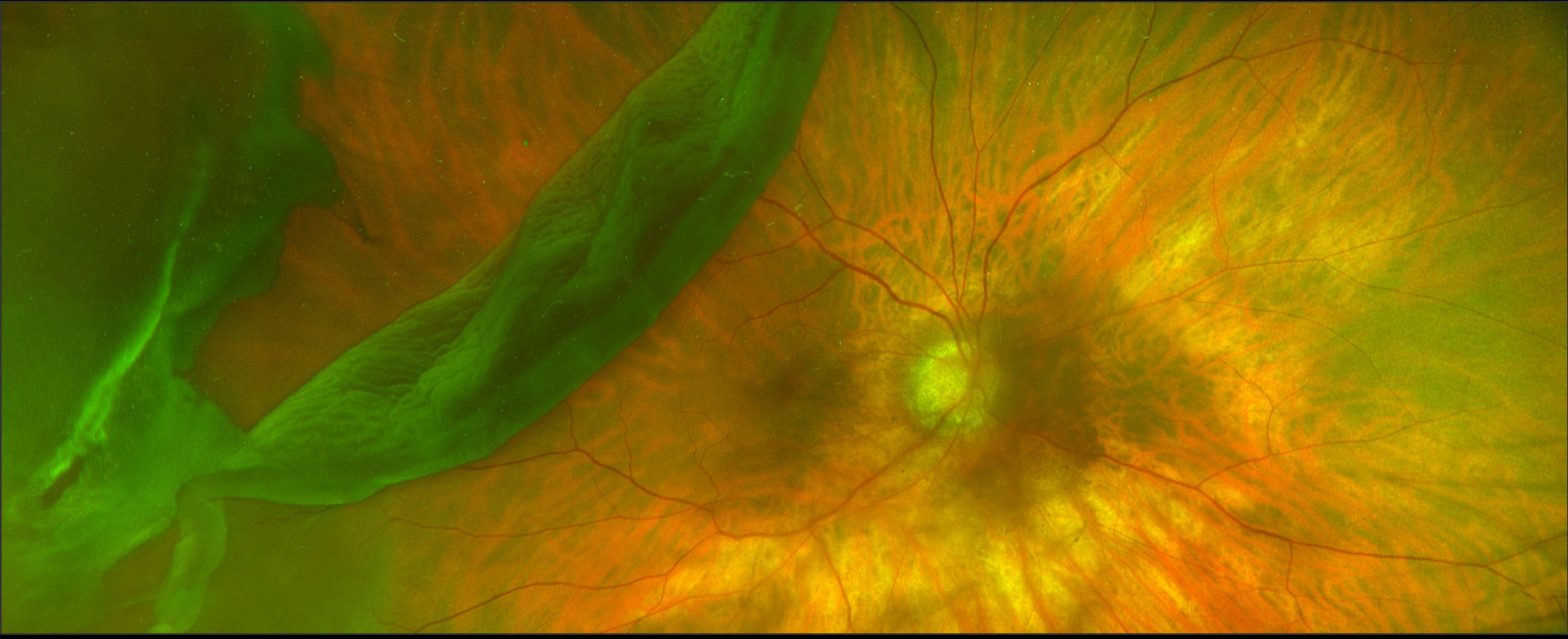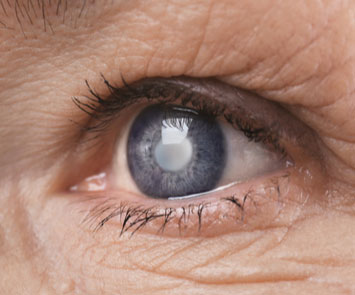[:en] 20 September 2016 (Dubai – United Arab Emirates): A team from Moorfields Eye Hospital Dubai has successfully treated a patient who required a complex surgical implant of extremely powerful intraocular lenses (IOL) to treat her cataract (clouding of the eye’s natural lens) and correct her high myopia (extreme short sightedness). As a result of… Continue reading Moorfields Eye Hospital Dubai treats cataract and extreme short sightedness with the most powerful custom-made lenses ever implanted in a patient in the UAE
Age-related Macular Degeneration
The central part of the retina (at the back of the eye) is called the macula and it has an important function as it controls the quality and sharpness of the central part of our vision. Over time, the macular can wear out and lose some of its functionality which means loss of central vision… Continue reading Age-related Macular Degeneration
Retinal Detachment
Retinal detachment is a condition when the thin lining at the back of the eye (the retina) begins to come away and separate itself from the underlying wall of the eye (the choroid) which contains blood vessels that supply it with vital oxygen and nutrients. If not treated promptly, retinal detachment will lead to blindness… Continue reading Retinal Detachment
Glaucoma Surgery Treatment
What is Glaucoma? Glaucoma is a condition in which the fluid which is produced by the eye – known as the aqueous humour – does not drain away normally and this results in increased pressure inside the eye. If this condition is not treated, it can lead to damage of the optic nerve which connects… Continue reading Glaucoma Surgery Treatment


